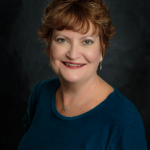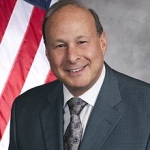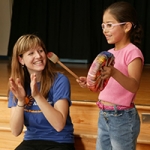
Merryl Goldberg
Why art?! We’ll tell you why. And, we can prove it.
Posted by Jun 07, 2017

Merryl Goldberg
Last fall, the Stuart Foundation invested in San Diego, and I’ve had the privilege of heading up our project which is a collective impact model we hope will be the arts education equivalent to “Got Milk?” It is called ART=OPPORTUNITY. And we want you to take advantage of it. Our campaign has many facets, including mentoring from the business community for VAPA coordinators, summits and anchor events, a teen/youth council, bilingual parent education, and arts integration boot camps. Our goal in the ART=OPPORTUNTIY campaign is to change public opinion from arts as fluff to arts as essential. And, the reason to change public opinion is to directly effect educational policy and budgeting decisions.
Read More

































